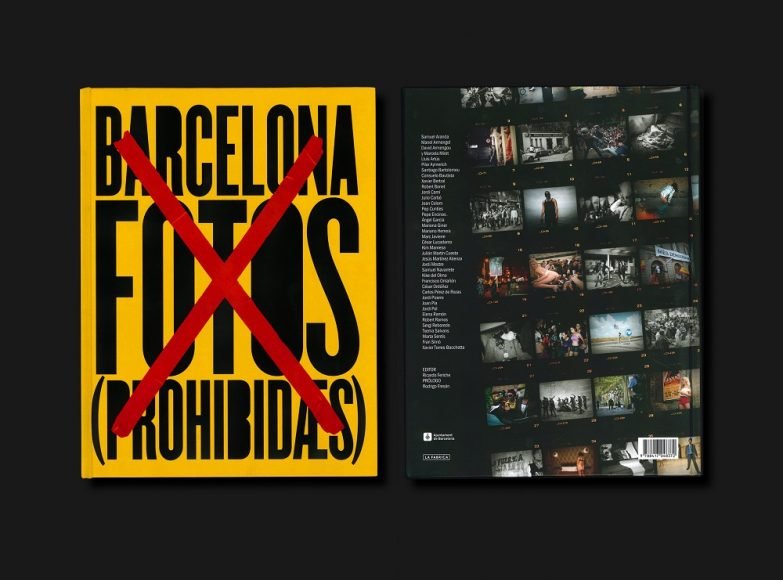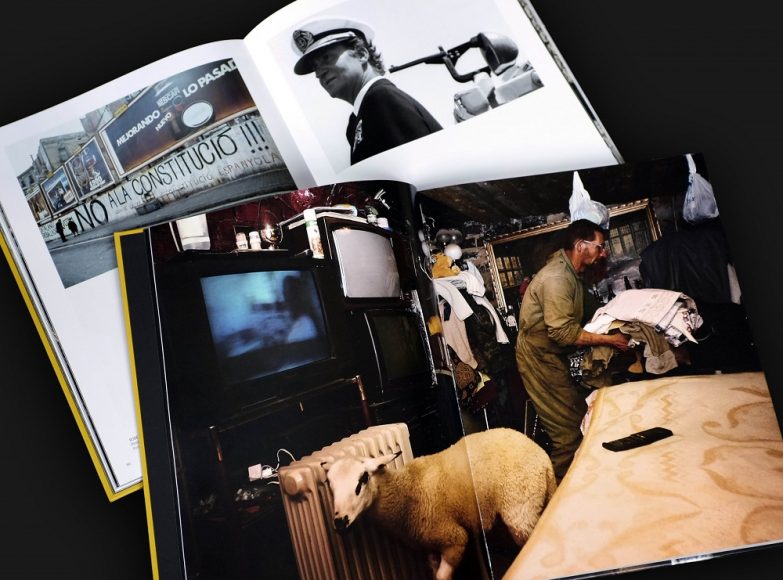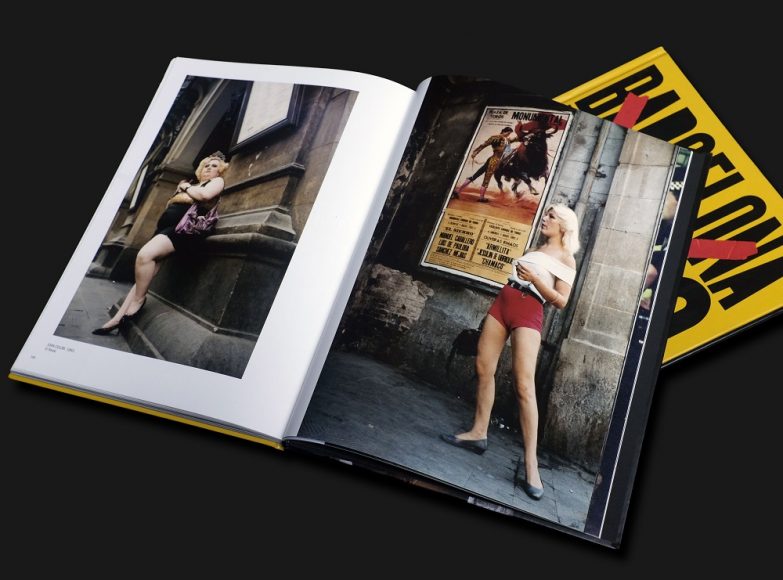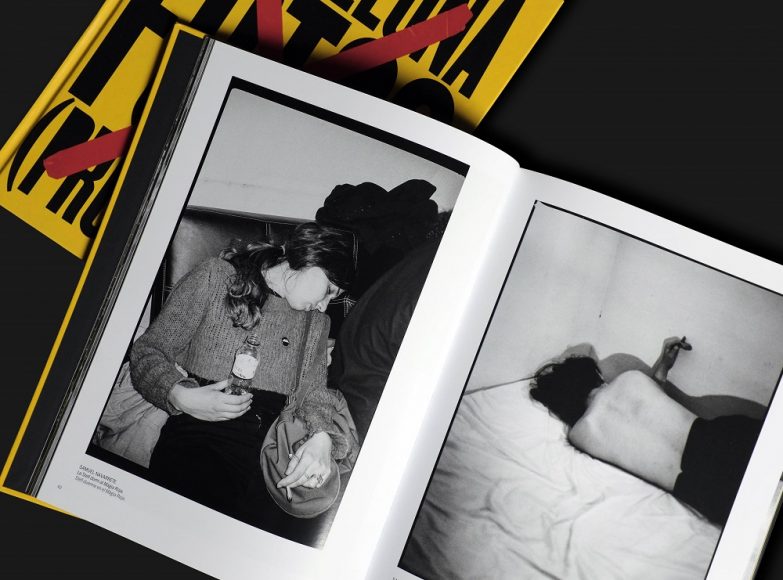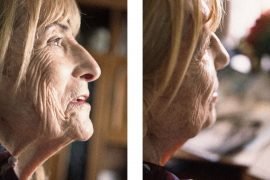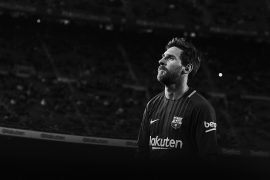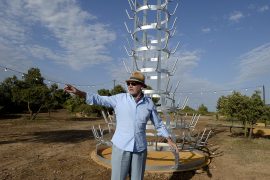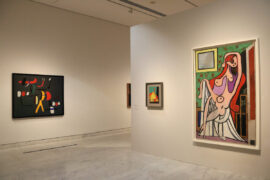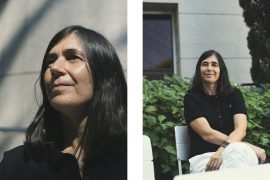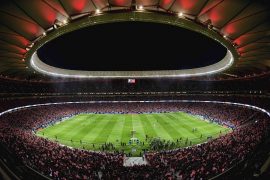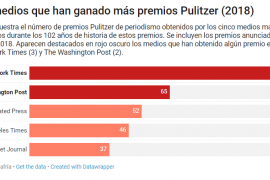[dropcap letter=”F”]
our years ago, I released a book, Barcelona. Renowned photographers had documented the city but their results showed, in most cases, a post-war poor and sad city. In view of this, I resolved to find less dramatic images of Barcelona, but nonetheless not shallow or low in quality or lacking interest. The final result is a book that collects a series of works from great photographers from Cartier-Bresson to Avedón, Newton, Català-Roca or Gerda Taro. A carefully produced edition by La Fábrica that, in the last few years, has become the city’s favourite coffee table book.
With Barcelona Fotos Prohibidas [Barcelona, Forbidden Photos] I was in search of another look or, better said, the opposite look, or as Rodrigo Fresán says in his foreword, the city’s B-side. When I was living in New York in the 1990s, the city was just coming out of a harsh period of drugs, sex and crime of all types. Some quarters were really dangerous. But with the arrival of Giuliani, all that changed and NYC became, slowly but surely, a secure place to be. But the idea that the underworld, the slums and trafficking had been ruling the city was impregnating the atmosphere with a much more attractive sheen than if the city had been a happy and ideal place. Now, as I am writing this, I think of Marseille, Naples, Odessa, New Orleans… and, of course, Barcelona. Would you like a Barcelona that is only warm and cosy, Gaudinian, touristy, gastronomic and design-oriented? I wouldn’t. Like New York, Barcelona is also dark, secretive, improper, cheeky, funny, mysterious, bad and evil, secure but also a bit dangerous. This is the cocktail mix, a combination of nice with a few drops of difficulty, let’s not make it too sweet.
The original idea of this book began in November 2016 with a view to compiling images that had been censored in the past. This search was far from easy, precisely because, since they were forbidden, they were hard to find. They had not been documented. From then on, I gradually opened up and this is how many photographs cropped up that could not be strictly described as ‘forbidden’, but nonetheless, I found the findings precious. In this way, the process itself produced unsuspected hues. This was not only about unpublished snapshots but it was rather about politically incorrect pictures, irreverent, stolen, sneaky; images that, sometimes, breach, to a certain extent, people’s privacy and turn us into voyeurs, as invisible guests in underground dens, secret scenes and banned caverns.
Especially thrilling are those stories behind the photos in this volume; Txema Salvans used a peculiar technique in his renowned images of road prostitution. Posing as a surveyor in yellow overalls, he would plant his tripod wherever he liked and obtained the best angle, with the excuse of gauging mapping measuring.
Joan Colom would shoot without looking, skilfully, while Lluís Artús did precisely the opposite, i.e. seducing marginal characters into posing for him; he would then apply the best light possible and achieve impressive results.
David Armengou and Marcela Miret were not photojournalists and ignored what was really going on, but had to choose whether to go to the Ramblas or not, a few seconds after the terrorist attack, a risky decision. What their cameras shot went round the world.
On the other hand, the renowned photographer Samuel Aranda covered the terrorist attack in Barcelona for the New York Times and drove all the way from San Sebastián to Barcelona, at full speed, and from there to Ripoll, and managed to capture one of the most emotional images in the book, i.e. the moment when the families of the terrorists were told about the involvement of his family members in the attacks in Ramblas and Cambrils.
Probably the picture by Manel Armengol is the most popular one of all. The photograph that had to travel outside this country for Europe to know what was happening here in 1976. Years later, 1-O became a déjà vu of that photograph, and this is reflected in the book.
But not everything in the book is harshness, there’s also gentleness, happiness, beauty, rarities, there’s the everyday and there’s love. All this is divided into three main chapters, with tens of images from nearly 40 photographers.
The book is an unprecedented journey to the wildest side of Barcelona.
Featured images:
Photographs of the cover and some interiors of the book “Barcelona Fotos Prohibidas”. The photographs in order of appearance are by © Roberto Ramos, Julián Martín Cuesta, Samuel Aranda, Joan Colom and Samuel Navarrete.

